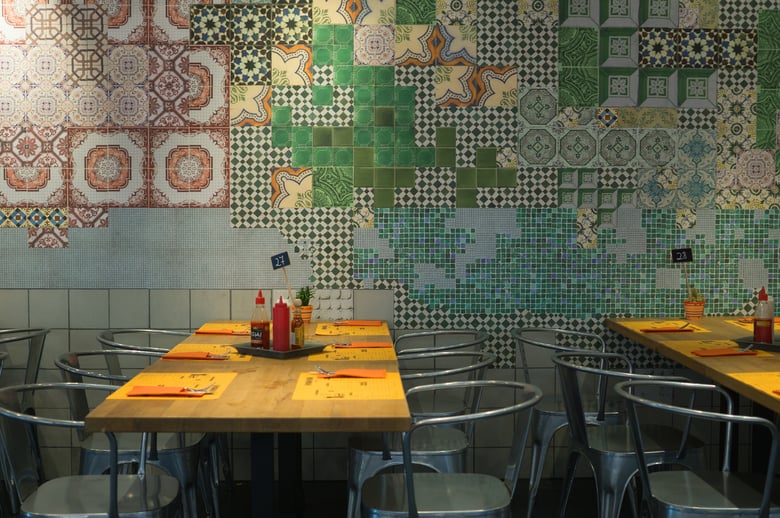
Though health inspection codes can vary from New York to New Jersey to Connecticut, there are some basic things restaurants and foodservice operators should consider when trying to pass health inspections. Let's take a look at why restaurants fail health inspections to learn more about the pitfalls of non-compliance.
CLEAN SURFACES
Clean surfaces are by far one of the biggest reasons New York restaurants fail health inspections. This includes both food contact surfaces and non-food contact surfaces. This can also include the sanitizers themselves, as they become contaminants when in contact with food.
BUILDING CONDITION
How the building is constructed, how it is maintained, and how the overall condition of the facility is perceived is important to passing health inspection. This is true for both the interior and exterior of the building, from the dumpsters to the dishroom.
CLEANING FACILITIES
Foodservice operations that maintain a clean record have facilities for cleaning. Mainly, locations for handwashing should be easily reached and contain the right amount of hand cleaner and drying options. Those facilities must also be properly maintained, have the right signage, and documentation must be kept as they're serviced.
EQUIPMENT
Lastly but the most common reason restaurants fail health inspections is the equipment. All equipment must be properly cleaned and maintained to reduce the risk of contamination, but cleaning is not the only thing health inspectors look for during visits. Is the equipment designed and made in ways that will increase contamination risk? If the answer is yes, that's a big reason a restaurant might fail a health inspection.
Looking for ways to reduce the risk of failing a health inspection in your New York, New Jersey, or Connecticut foodservice operation?
Check out these 10 Helpful Tips for a Healthy Health Inspection.





